Pan de Coco with a soft, fluffy bun and perfectly sweetened coconut filling is perfect as a snack or dessert. This coconut bread is fantastic with coffee or tea and is sure to be a family favorite.
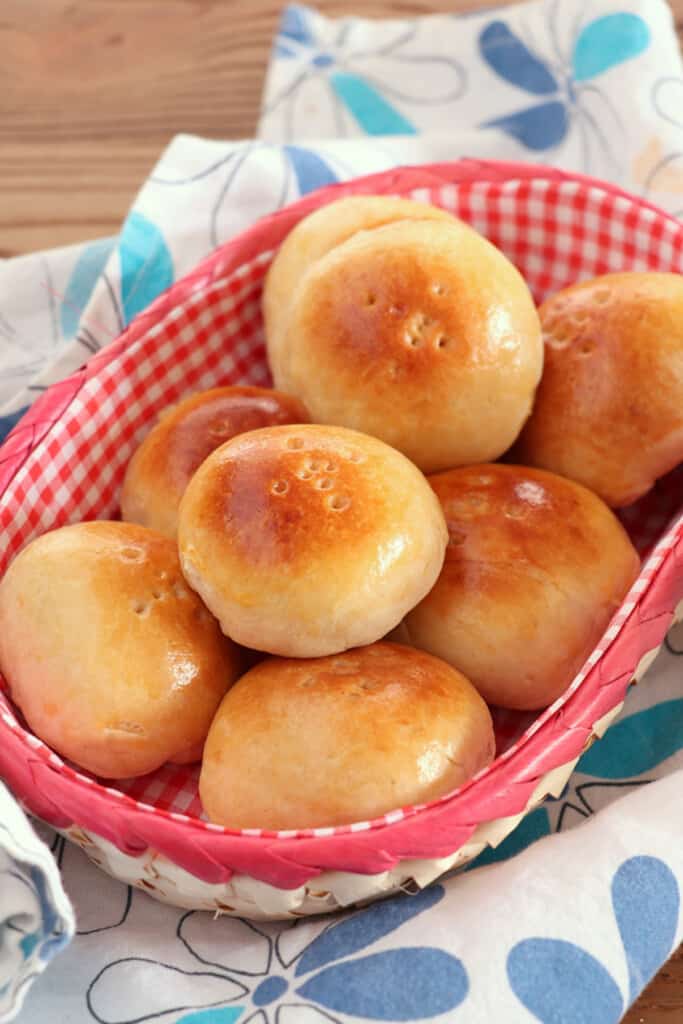
Looking for a tasty weekend baking project? Try this coconut bread recipe! and There is nothing more rewarding and comforting than the aroma of freshly baked sweet rolls!
What is Pan de Coco
Pan de Coco is a a soft bread roll stuffed with sweetened grated coconut meat. It's a popular Filipino snack sold in most local panaderias or bakeries.
Although the bread enjoys an iconic status in our food culture, Filipinos cannot claim the monopoly of Pan de Coco or even its origin. The name itself denotes that it is of Spanish roots. It came from Central America, Honduras, to be exact, and was introduced to the early Filipinos by the Spanish settlers in 1600.
However, the Honduran version does not include a filling but instead incorporates the coconut flakes in the dough itself. It's not sweet as its Filipino counterpart, and very similar in taste to the Pan de Coco version that is also popular in the Caribbean. So, in a way, this version of filled Pan de Coco is 100% Filipino.
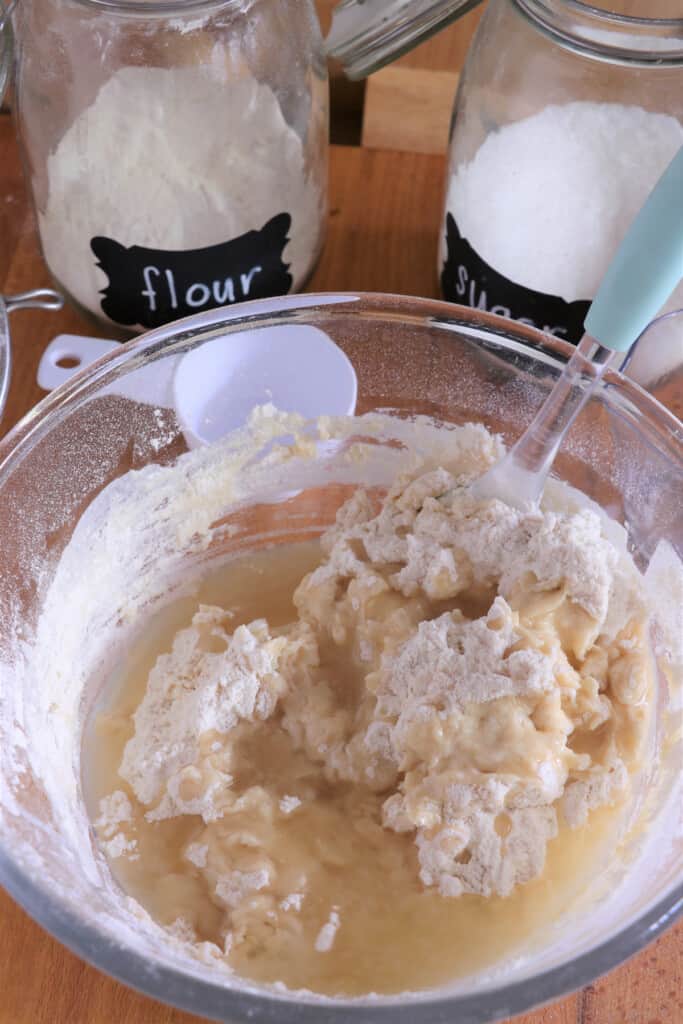
Making the dough
- Bread flour and whole wheat flour due to a higher percentage of protein are best suited for chewy, crusty bread. All-purpose flour, however, has average gluten content and works well for soft rolls such as this coconut bread.
- You can use either type of yeast; just make sure to follow package instructions. Instant dry yeast can be mixed directly with flour, while active dry yeast typically needs to be dissolved in water.
- To check if the yeast is good, do a proofing test. Sprinkle about a teaspoon of yeast and teaspoon of sugar in a half cup of lukewarm water. The yeast should dissolve completely in the water, and the mixture should bubble after 3 to 5 minutes.
- Lukewarm milk is between 100 to 110°F (36.5 to 40.5°C). If you do not have a thermometer, you can gauge the temperature by dabbing some milk on your wrist. It should feel warmer than your body temperature but not hot.
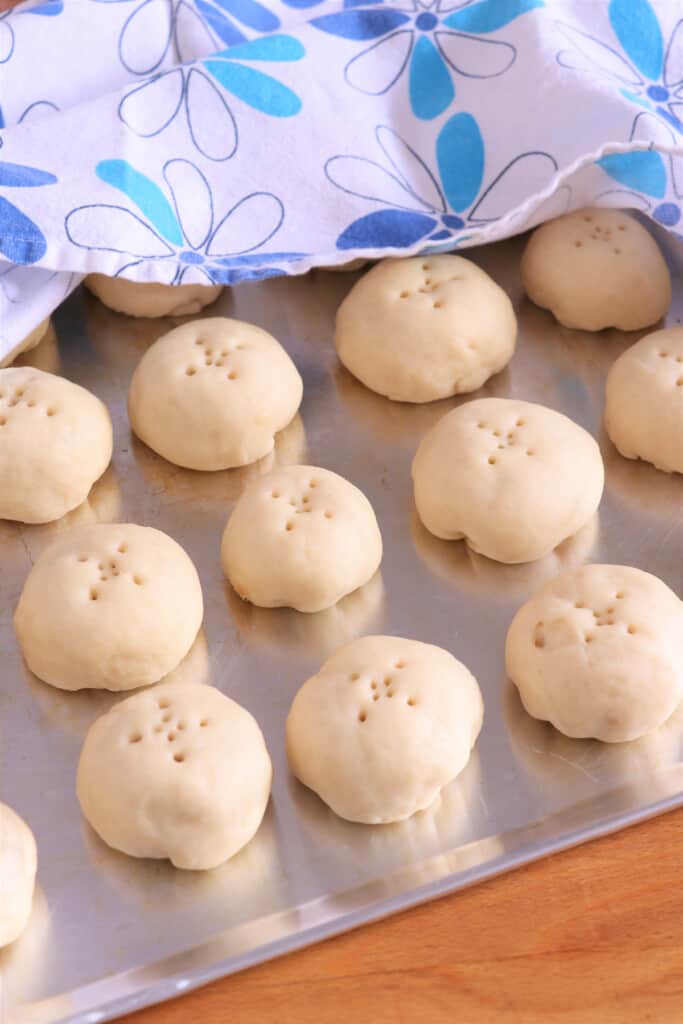
Troubleshooting tips
- If the bread turned out dry, hard, or too dense bread, this could be a sign of over-kneaded dough. If kneading using a mixer, check the texture of the dough from time to time. It should be smooth and elastic. Not dry nor too tacky.
- If the dough didn't rise, this could be because the yeast is no longer active. Make sure to do a proofing test before proceeding with the recipe.
- If your kitchen is too cold and lacks the warm temperature needed for the yeast dough to rise, turn your oven on the lowest setting for 5 minutes. Turn it off and place the bowl with the covered dough in the oven until double its size.
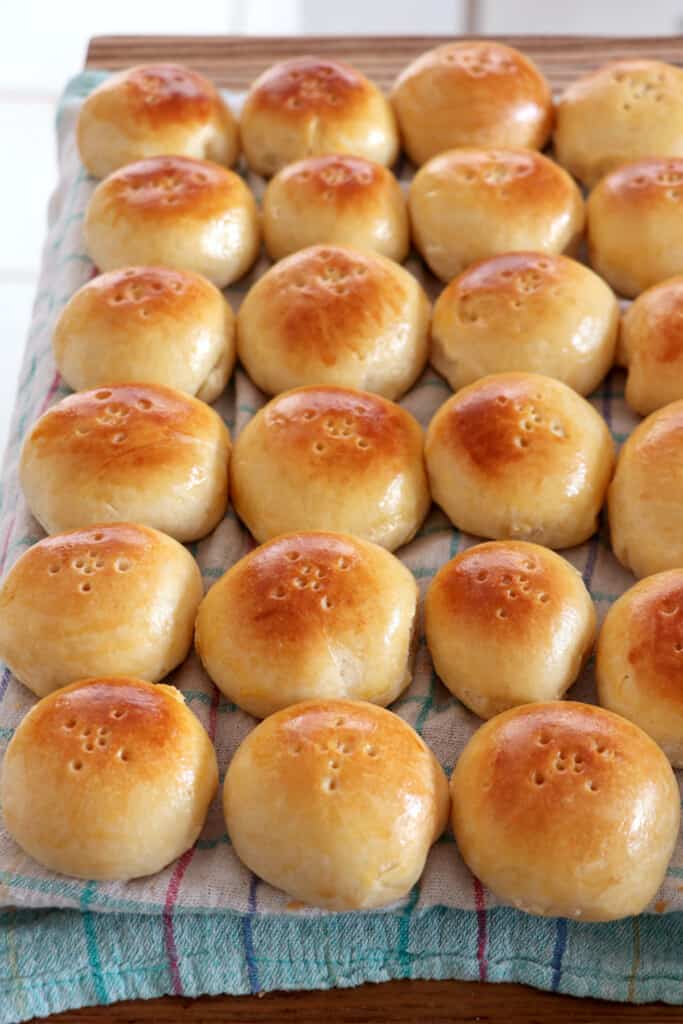
Coconut filling
- The filling is traditionally made with freshly-grated coconut meat, but we're using desiccated coconut in this recipe because it is has a longer shelf life and more accessible, especially for those who are not in the Philippines.
- If you prefer to use fresh coconut, decrease the amount of milk to ½ cup for every 2 cups of coconut as desiccated coconut tends to absorb more liquid.
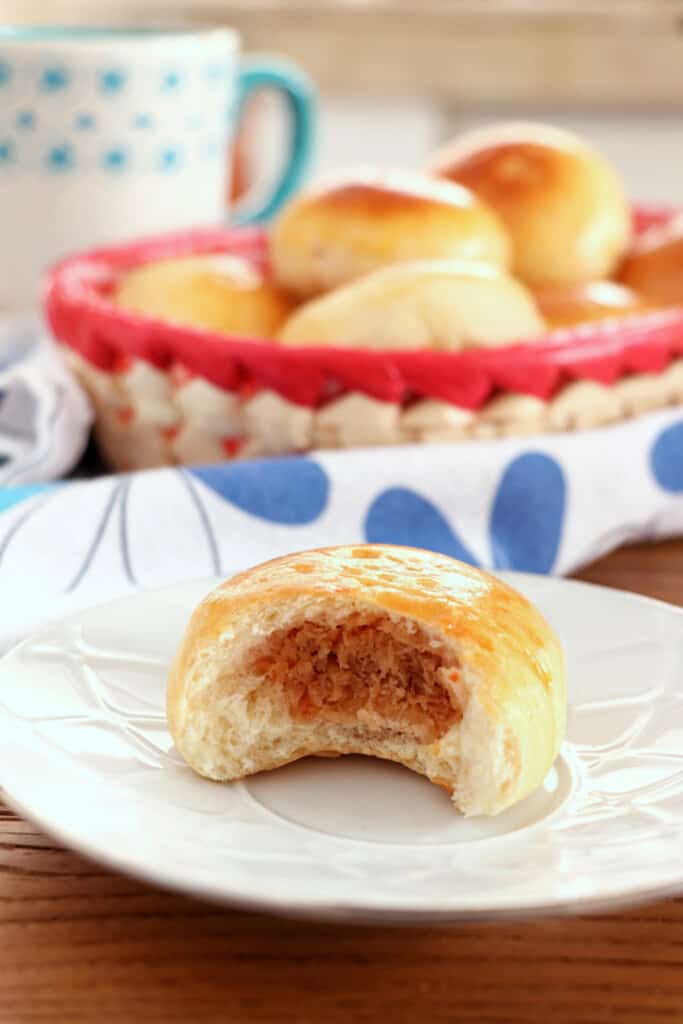
How to serve
- Enjoy this coconut bread with coffee, tea or your favorite cold drink for breakfast or midday snack.
- To store, allow the rolls to cool completely, wrap tightly in aluminum foil, and place in resealable bags or airtight containers. Refrigerate for up to one week or freeze for up to one month.
- To reheat, take the rolls from the container and loosen the foil. Allow to thaw completely at room temperature and warm in a 300 F oven for about 8 to 10 minutes.
More baking recipes
Ingredients
For the Dough
- 4 cups all-purpose flour
- ¾ cup sugar
- ¼ ounce instant dry yeast
- 1 ¼ cups lukewarm milk
- ½ cup vegetable oil
- ½ teaspoon salt
For the Filling
- 2 cups desiccated coconut
- ¾ cup brown sugar, unpacked
- 1 cup milk or coconut milk
- 1 cup water
- 3 tablespoons butter
- ½ tablespoon vanilla extract
- 1 tablespoon flour, dissolved in ¼ cup milk
For the Egg Wash
- 1 egg, beaten
- 1 tablespoon water
Instructions
- In a large bowl, sift together the flour and sugar.
- Add the instant dry yeast and mix.
- Add the lukewarm milk, vegetable oil, and salt. Using a wooden spoon or spatula, mix until it sticks together and forms a dough.
- Turn the dough on a flat surface and knead for 5 minutes. Avoid adding more flour or the bread will be too dense and crumbly. If it is too sticky, apply some oil on your hands to prevent the dough from sticking. If it is too dry, add a bit of oil to the dough. As you continue kneading, the dough should be less and less tacky and easier to handle.
- Place the dough in a greased bowl and cover with a plastic wrap or a clean kitchen towel. Leave it to rise for 30 minutes to an hour or until it has almost doubled its size.
- Meanwhile, prepare the filling. In a pan, combine desiccated coconut, brown sugar, coconut milk, water, butter, and vanilla extract. Over low heat, bring to a simmer.
- Cook until liquid is mostly absorbed. If you prefer filling to be more compact and sticky (not crumbly), add 1 tablespoon flour dissolved in ¼ cup of milk after the liquid has been absorbed. Continue to cook, stirring regularly, for another 2-3 minutes or until thick and sticky.
- Remove filling from heat and allow to slightly cool.
- Gently deflate the dough and tip it to a flat surface. Roll into a log and cut into half. Roll each half again and cut into two. Divide each log into 6 equal parts for a total of 24 pieces.
- Cover the dough pieces with a kitchen towel and let rest for at least 3-5 minutes.
- Flatten each dough with the palm of the hand. Hold the flattened dough in the curve of your hand and add about 1 tablespoon of coconut filling in the center. Pinch the corners together to fully enclose the filling.
- Arrange the filled dough, pinched side down, on a baking sheet at about 1 inch apart.
- Using a fork, poke small holes in the center of each filled dough. Cover with a clean kitchen towel and let them rest for another 20-30 minutes.
- Bake in a 340 F oven for 10 minutes. Remove from the oven and brush with egg wash. Return to oven and bake for another 5 minutes or until golden brown
Notes
- Lukewarm milk is between 100 to 110°F (36.5 to 40.5°C). If you do not have a thermometer, you can gauge the temperature by dabbing some milk on your wrist. It should be warmer than your body temperature but not hot.
- Avoid adding more flour or the bread will be too dense and crumbly. If it is too sticky, apply some oil on your hands to prevent the dough from sticking. If it is too dry, add a bit of oil to the dough. As you continue kneading, the dough should be less and less tacky and easier to handle.
- If using freshly-grated coconut, decrease the amount of milk to ½ cup for every 2 cups of coconut as desiccated coconut tends to absorb more liquid.
Video

Nutrition Information
“This website provides approximate nutrition information for convenience and as a courtesy only. Nutrition data is gathered primarily from the USDA Food Composition Database, whenever available, or otherwise other online calculators.”
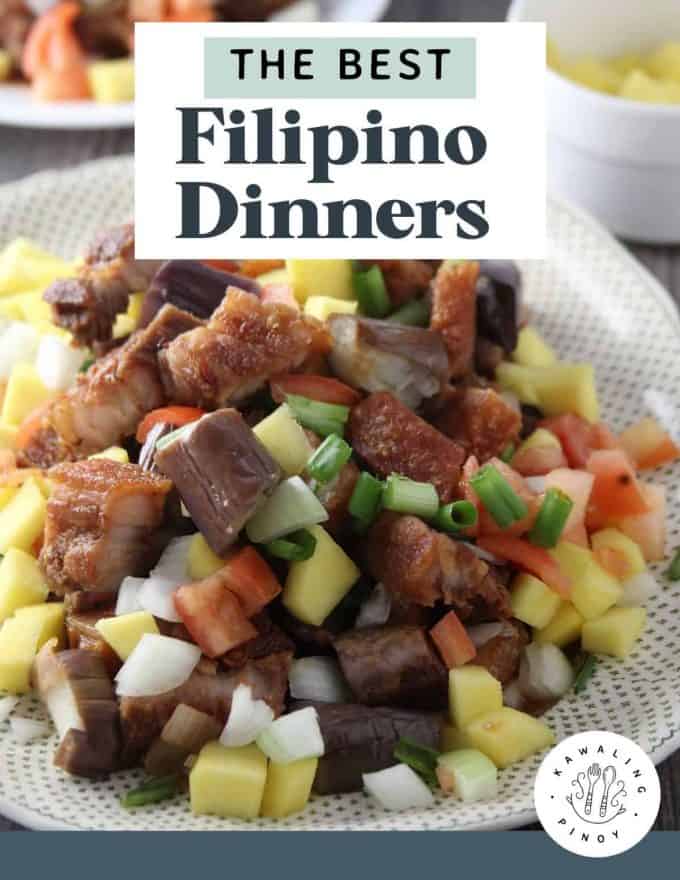

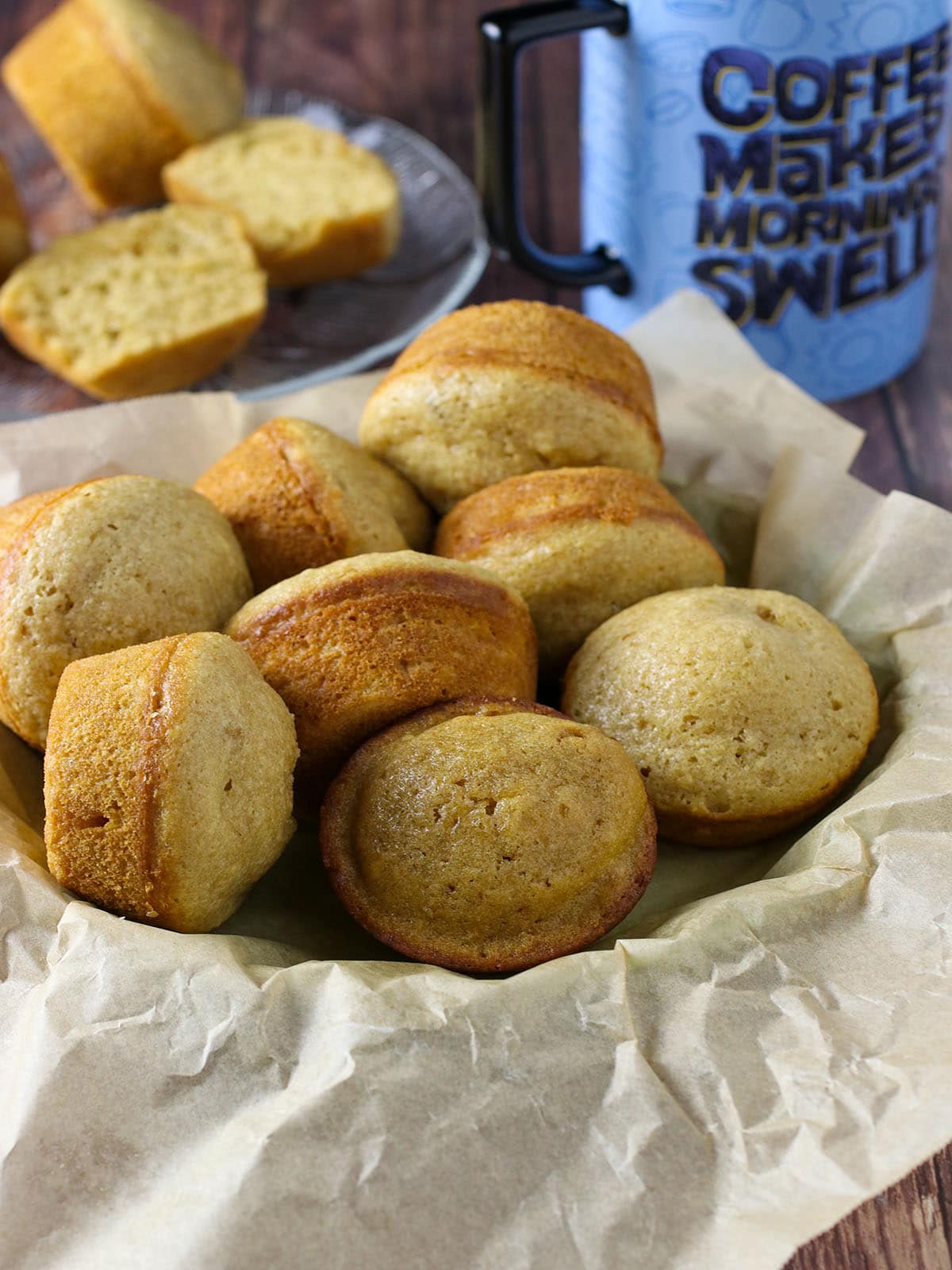
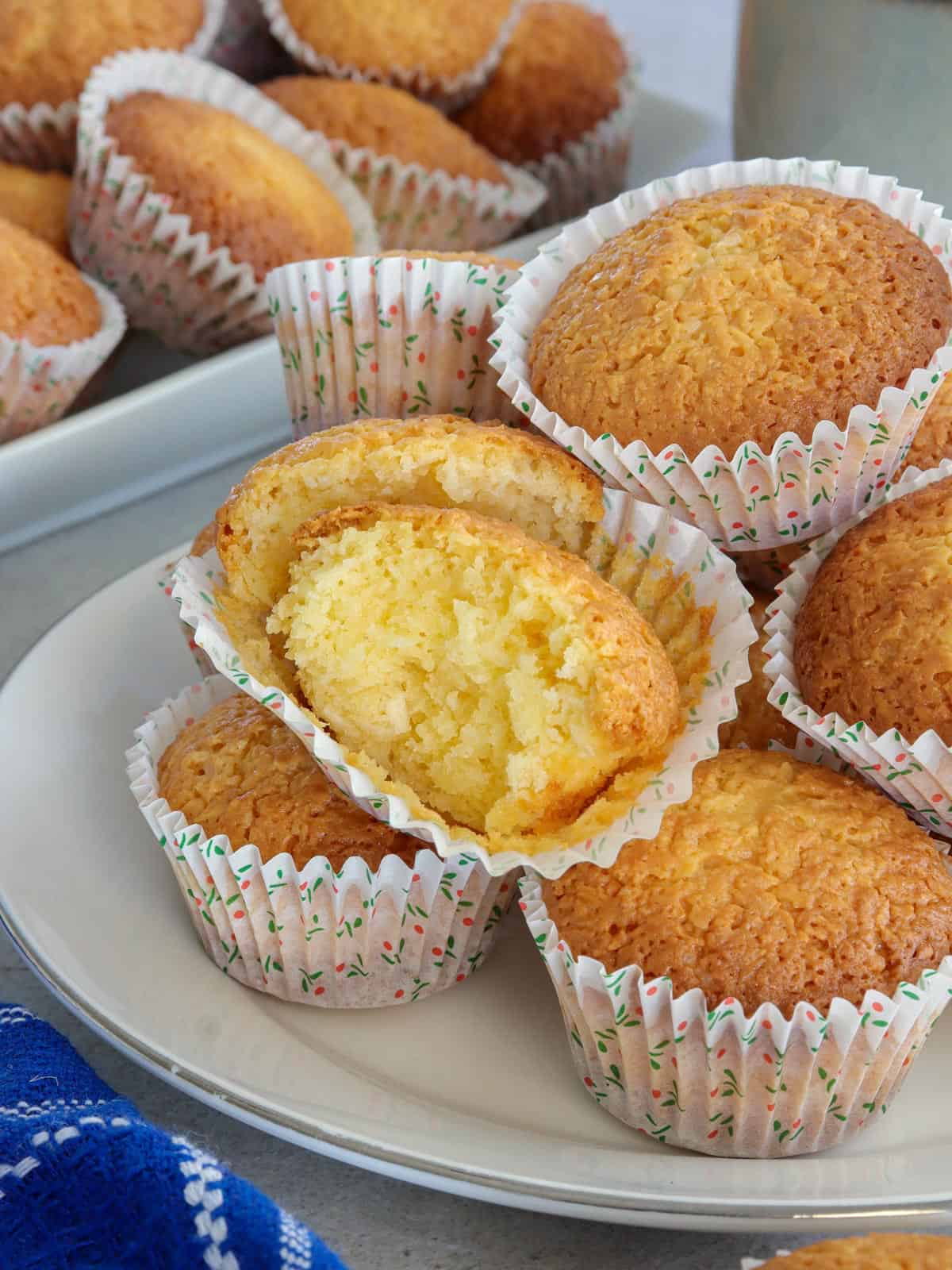
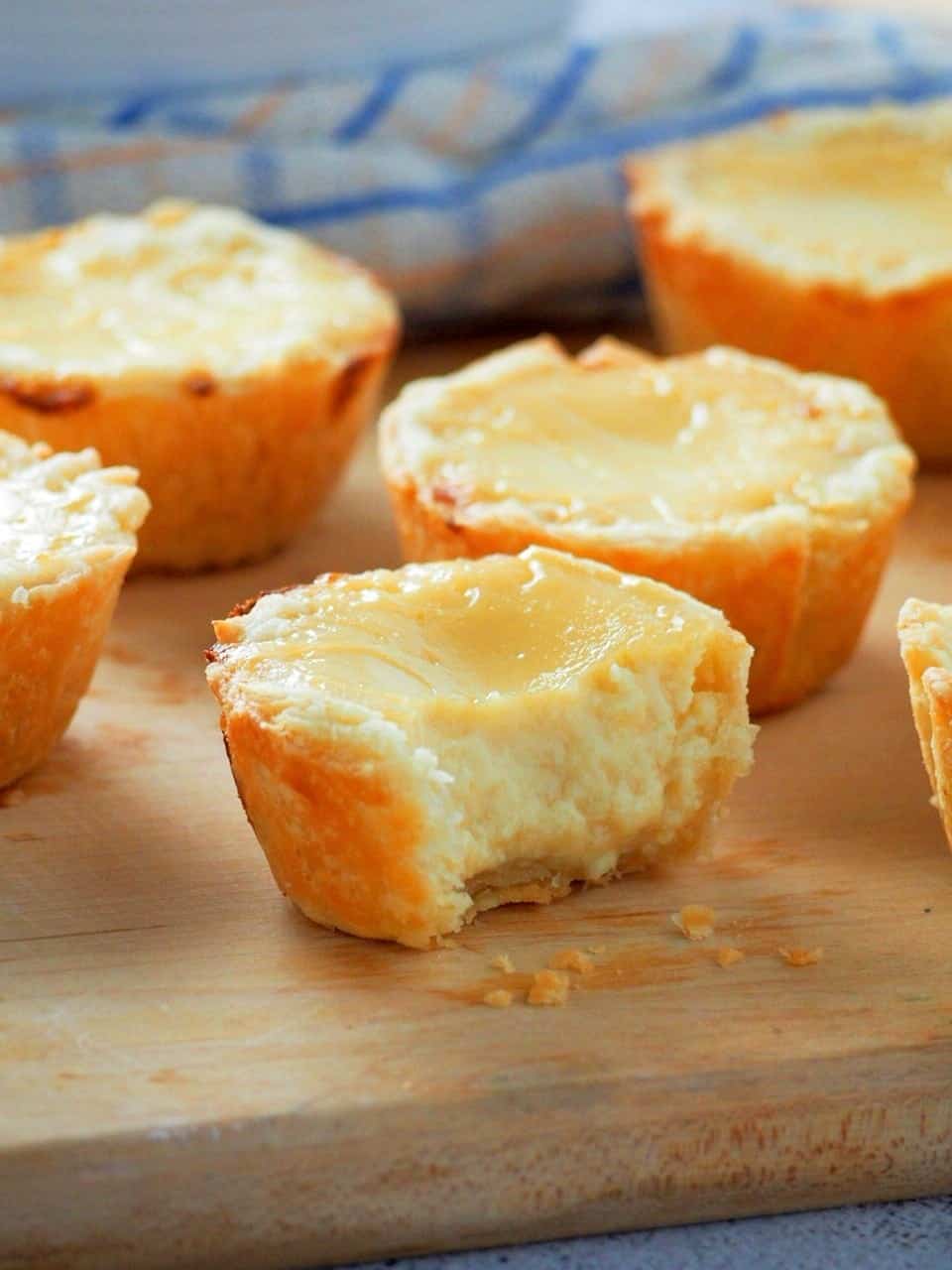
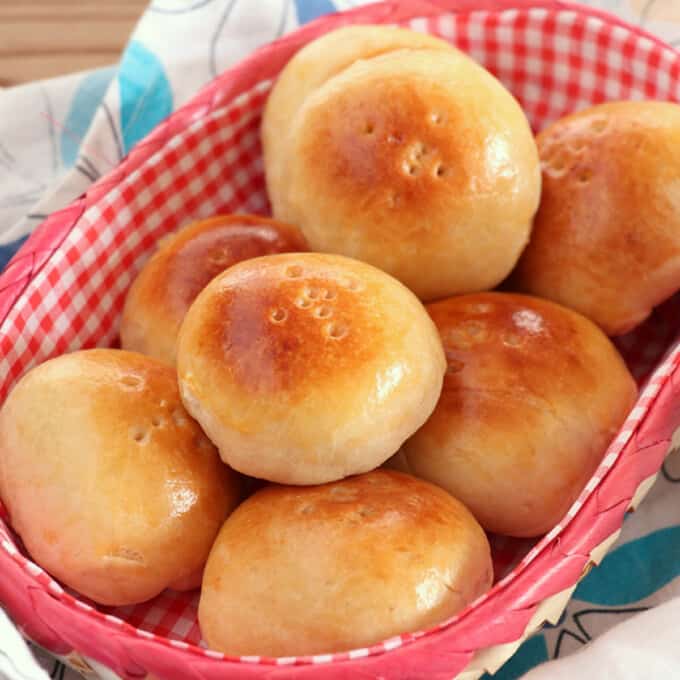
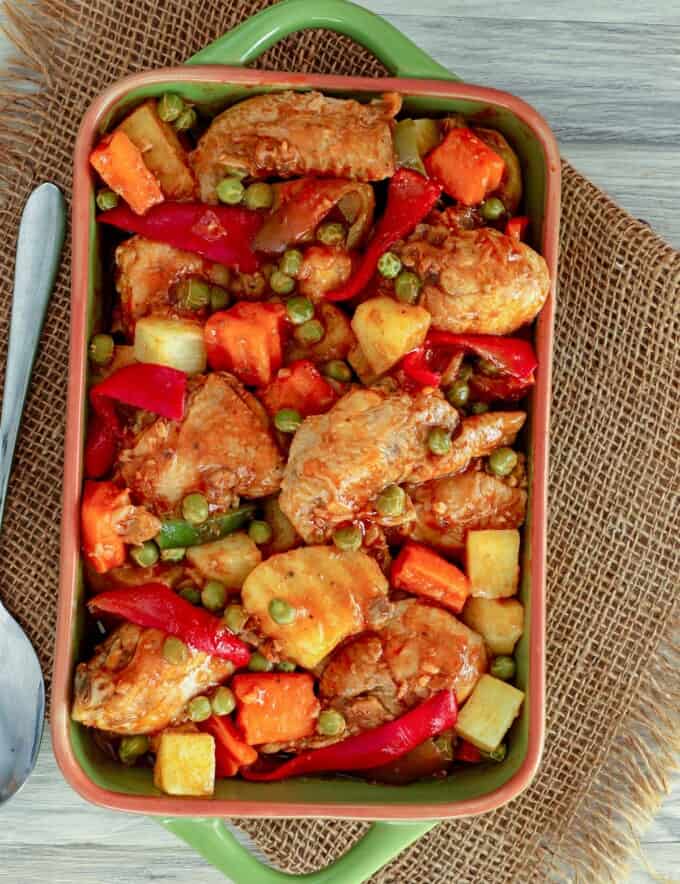
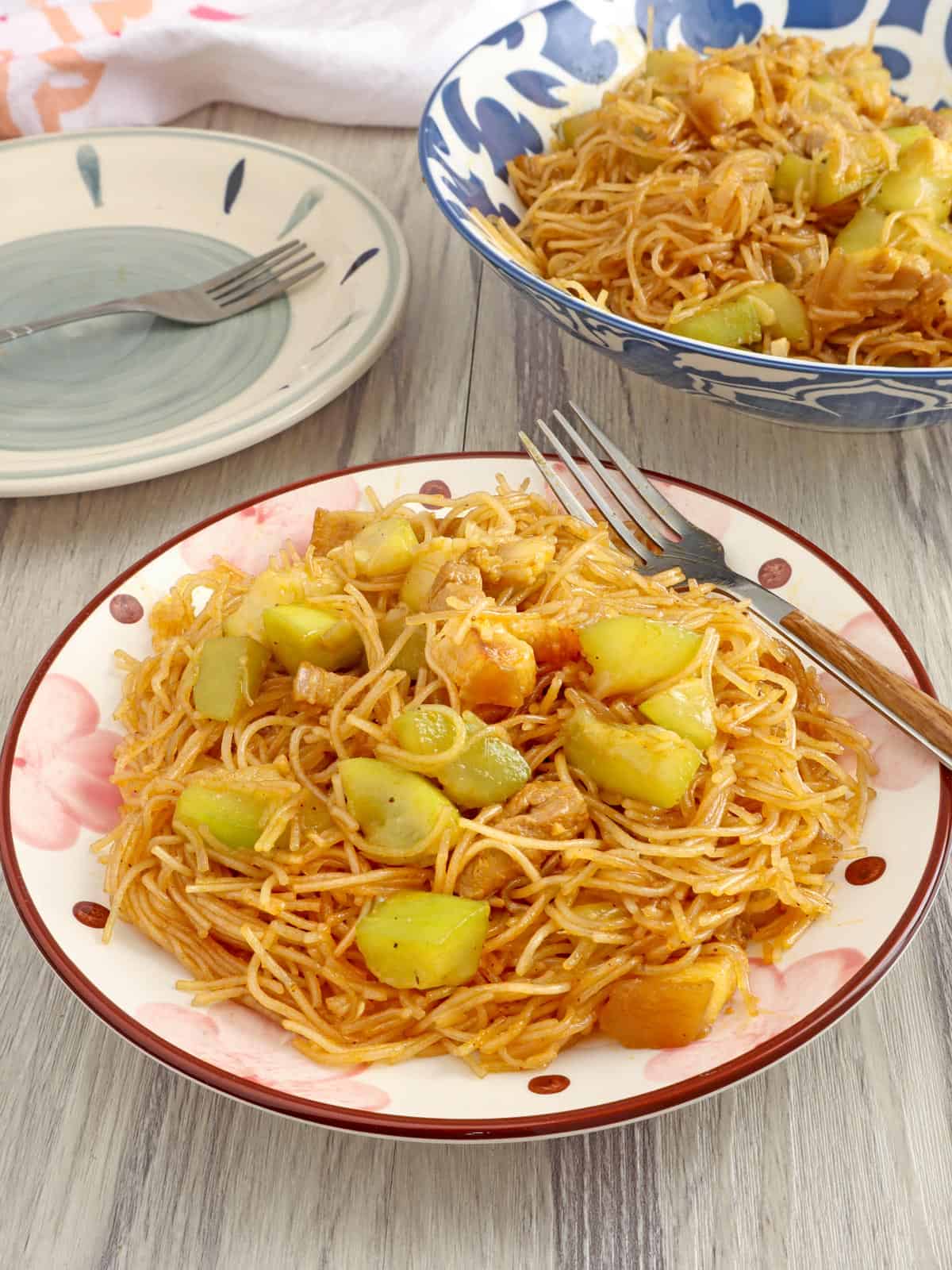
Florence Alalan says
Magandang hapon po ma'am Lalaine , gusto ko po sana makatanggap ng iyong mga recipes.gusto ko Po Yung mga luto nyo pang negosyo.
Gemma A. Card says
Pan de Coco: I remember in 1978, a very small bakeshop owned & operated by young male bakers started pan de coco in a small market in Hippodrome Cebu City, Philippines. It became a favorite night snack at 9pm, we students then stopped our reading & followed our nose to that sweet aroma of pan de coco!
Gemma A. Card says
Pan de Coco: I remember in 1978, a very small bakeshop owned & operated by young male bakers started pan de coco in a small market in Hippodrome Cebu City. It became a favorite night snack at 9pm, we students then stopped our reading & followed our nose to that sweet aroma of pan de coco!
Rachel says
First time making these for my Filipino husband. I made several mistakes, but these rolls came out great despite those mistakes. (I forgot to let them rest after filling them, I didn't reduce the filling enough). My husband has already had three and they have only been out of the oven for 30 minutes. Thank you!
Sonia says
Perfect! This is a favorite of mine. We don’t get coconut where I now live so I cannot make any recipes that can for shredded coconuts and the like. So when I happen to find frozen packs of coconut made in India at a shop close to my house, I grabbed a few! I’m so happy I am able to make and enjoy pans de coco. The dough is soft. Thanks so much for sharing your recipe
Patti says
I added extra coconut and two eggs, beaten into the milk rather than flour. I am using this filling recipe for a rolled yeast cake that I make for Christmas. Tastes yummy!
Jill says
These are delicious! The filling was the perfect amount for 24 buns. I forgot to pierce with the fork on top though. It didn't seem to matter though.
Lalaine Manalo says
Yay! I'm happy to hear the recipe worked perfectly for you! Thanks for the feedback.
Olivia says
I replaced brown sugar with palm sugar and flour with coconut powder for the filling. Really yummy, praises from the hubby!!!
Delfa says
Thank you for the recipe, using all purpose whole wheat flour with the recipe and everybody just love it, made 3 batch in just 1 day. Highly recommend this recipe if you are missed pan de coco, just follow the exact measurements. Love love love. Thank you very much.
Eddie says
This Pan De Coca is the best i ever had! Better than buying it from the local bakery 🙁 . Though the fished product comes out perfect, i still have issues with the dough. I follow your video and instructions many times. This will be my 4th or 5th batch with the same results. After the kneading is done i transfer it to a bowl to rise. At this time the dough is so sticky and goopy i have to put oil on my hand to prevent me from throwing it across the room. Am i a kneading it in my stand mixer to long or not enough? I'm only kneading for a few minutes after initial mix of ingredients. I never added more flour as advised. Also i do not get more then about 15-16 rolls from the mix so not sure if the rise is as good or gets a puffy as your dough. Please Advise any suggestions would be appreciated. Thank you
valeria taranto says
Very, very good! The only problem is that the buns didn't come as round-shaped as I expected. They are a little flat. But still delicious!!
Fraser says
Tastes like it's straight from the panaderia
Flo says
Made this for my family, they really enjoyed it! I can only imagine how good these are with fresh coconut pulp.
I did get stuck with a lot of leftover filling, even though I overfilled a few (oops). Any ideas on what i was doing wrong?
Anyway, I'm looking forward to making these again 🙂
Lalaine Manalo says
The filling is just enough for 24 rolls; were you able to make two dozens?
Rea says
I tried the recipe for the first time, everything went well and the dough was not sticky to knead but when letting it rise it was so dense and didn’t rise as much as I thought it would be? I’m not sure what went wrong or the dough was supposed to be like this?